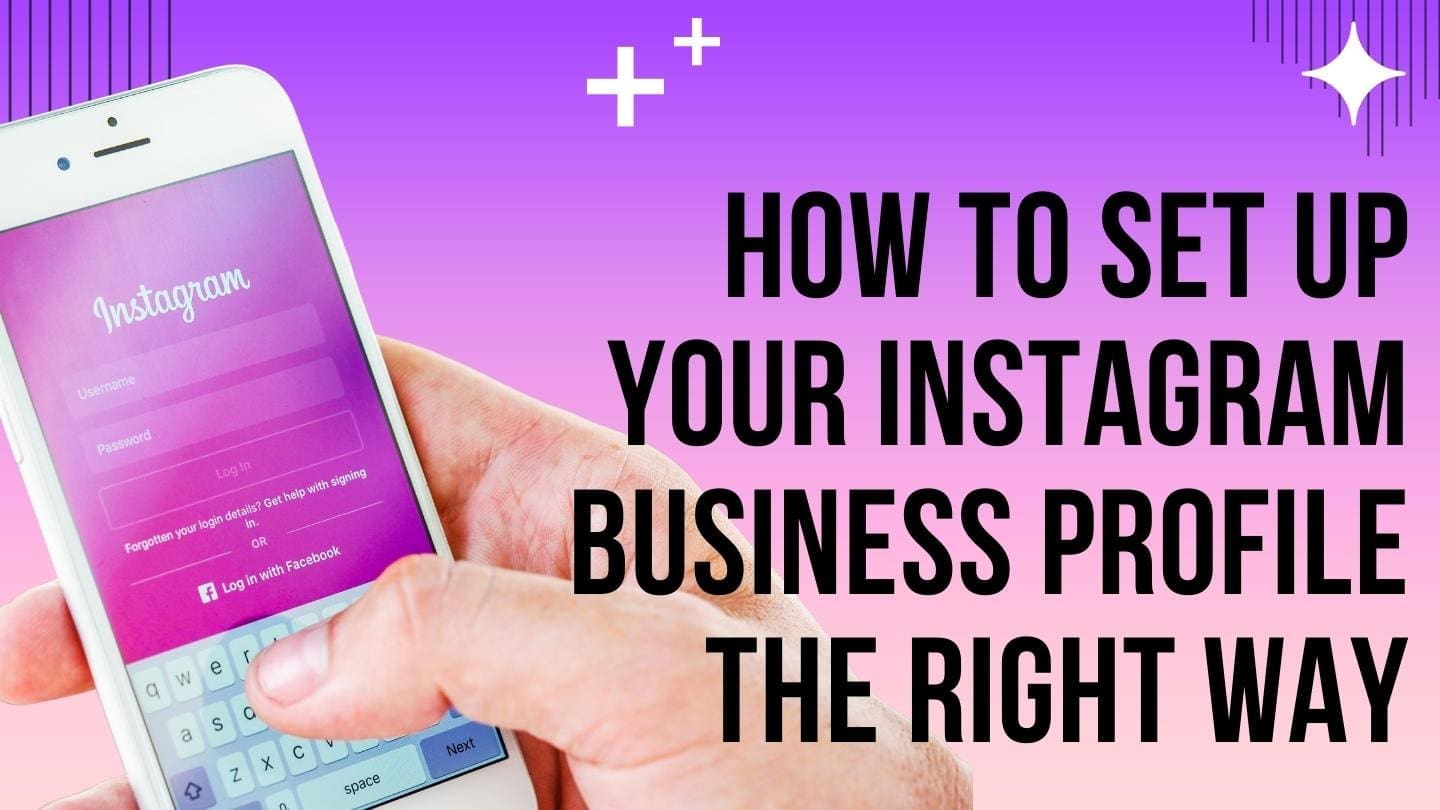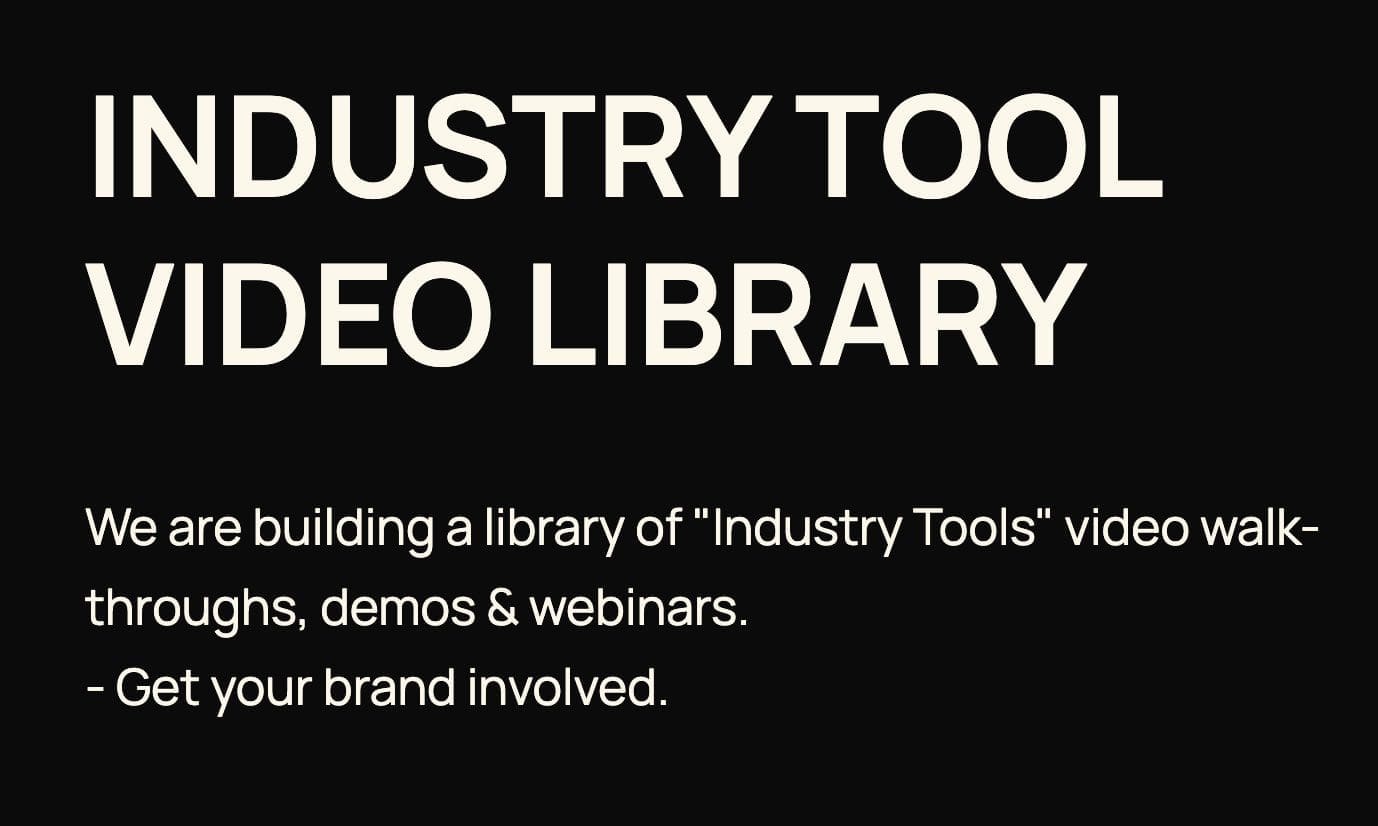AI Learning Centres:
- AI – Learn The Basics
- Get The Most From ChatGPT
- Branding in The Age of AI
- AI for Client Experience
- AI For Prospecting
- AI For Marketing
- AI For Listings & Ads
- Team Adoption of AI
- AI For PM
- AIO & Generative Search
- AI For Operations & Efficiency
- AI For Market Research & Analysis
- AI Ethics, Privacy & Compliance in Real Estate
Digital Marketing & Social Media Learning Centres:
Guides & Downloads

How to Set Up Your Instagram Business Profile the Right Way
Instagram has become one of the most powerful tools for real estate professionals to connect with buyers, sellers, and local communities. Unlike a personal account, an Instagram Business Profile gives you access to features that help you grow your visibility, build trust, and generate leads.
Many agents still make the mistake of setting up their profiles too quickly or without a clear plan. A rushed setup can weaken your brand image and reduce the impact of your content. In this tutorial, we will walk through each step so you can create a polished Instagram Business Profile that presents you as a credible, professional, and approachable agent.
Why Your Instagram Business Profile Matters
Before diving into the practical steps, it is important to understand why this setup is so critical.
First impressions count: When someone lands on your profile, you have only a few seconds to show them who you are and why they should follow you.
Trust and professionalism: A well-structured profile communicates that you take your business seriously.
Built-in tools: Business profiles provide analytics, advertising options, and contact buttons that personal accounts do not.
Local visibility: With the right settings, your profile can be found by people searching for property or agents in your suburb.
Step 1: Switch to a Business Account
If you are currently using a personal Instagram account, you need to convert it.
Open your Instagram app and go to your profile.
Tap the three lines in the top right corner and select Settings.
Choose Account, then select Switch to Professional Account.
Select Business instead of Creator. Creator accounts are better for influencers, while business accounts suit professionals.
Connect your Facebook business page (if you have one). This makes running ads much easier later on.
Tip: Always use a business account rather than a personal one. It unlocks Instagram Insights, allows ads, and gives you a more professional presence.
Step 2: Choose the Right Profile Name and Handle
Your profile name and handle (@username) should be simple, memorable, and easy for people to search.
Handle: Ideally, use your full name plus your industry. For example: @JaneSmithRealEstate.
Profile Name: This is different from your handle and can include keywords. For example: “Jane Smith | Real Estate Agent Brisbane.”
Why this matters: Instagram search works like Google. If someone searches “real estate Brisbane,” your profile name helps you appear in results.
Step 3: Upload a Professional Profile Photo
Your profile picture is the first visual people see. It should be:
A clear, high-quality headshot.
Well-lit, with you looking approachable.
Cropped tightly around your face so it stands out even in a small circle.
Consistent with the photo you use on other platforms like LinkedIn and your website.
Avoid using your company logo as your profile image unless you run a multi-agent office account. People want to connect with a person, not a logo.
Step 4: Write a Strong Bio
Your bio is limited to 150 characters, so every word counts. Think of it as your digital business card.
A good bio should:
Say who you are (your role and area).
Show how you help (specialty or benefit).
Provide a call-to-action (what you want people to do next).
Example:
“Helping families buy and sell in Bardon | Property specialist | DM me for today’s listings.”
Extra tip: Use line breaks and emojis to make your bio easy to read.
Step 5: Add Your Contact Buttons
One of the most powerful features of a Business Profile is the contact section.
Tap Edit Profile, then Contact Options.
Add your phone number, email address, and office address.
These will appear as clickable buttons under your bio.
This makes it easy for a potential client to call or email you directly from your profile.
Step 6: Optimise Your Website Link
Instagram only allows one clickable link in your profile. Instead of linking directly to your main website, use this strategically.
Options include:
A lead capture page (for example: download your suburb market report).
A Link in Bio tool that lets you add multiple links, such as property listings, booking a call, or reading your latest blog.
A specific landing page for buyers or sellers.
Pro Tip: Update this link regularly. If you have a new listing or open home, direct traffic straight there.
Step 7: Choose the Right Category
Instagram allows you to display a category under your name. Make sure you select something relevant, such as Real Estate Agent or Real Estate Service.
This builds trust and makes your profile instantly clear to visitors.
Step 8: Use Story Highlights to Showcase Your Services
Highlights sit under your bio and allow you to keep your most important Stories visible. These work like mini showrooms for your brand.
Ideas for real estate highlights:
Listings: Showcase current and past properties.
Client Reviews: Share testimonials from happy clients.
Tips: Market insights, buying tips, and selling advice.
About Me: A personal introduction.
Design highlight covers in Canva to keep your brand style consistent.
Step 9: Check Your Privacy and Notification Settings
A business profile should always be public. People need to see your posts and Stories without restrictions.
Also, review your notifications so you never miss an enquiry. Enable alerts for:
Direct messages.
Comments on posts.
Mentions of your handle.
This ensures you can respond quickly to leads.
Step 10: Post a Strong First Impression
Once your profile is set up, do not leave it empty. Upload at least 6 to 9 posts before you start promoting your account. This creates a professional look when someone first visits your profile.
Post ideas for your first set:
A short video introducing yourself.
A carousel explaining your services.
A post showing a recent property success story.
A market update for your suburb.
A testimonial from a past client.
A behind-the-scenes look at your workday.
Step 11: Connect Your Profile to Other Platforms
Promote your Instagram on your other marketing channels so your audience grows faster.
Add your Instagram link to your email signature.
Share it on your website.
Cross-promote it on Facebook and LinkedIn.
Print your handle on business cards and signboards.
Step 12: Use Insights to Track Performance
Business Profiles come with Instagram Insights, which show how your posts perform and who your audience is.
You can track:
How many people visited your profile.
Which posts get the most engagement.
The times your followers are most active.
How many people clicked your contact buttons.
Review these regularly and adjust your content strategy to what works best.
Step 13: Keep Your Profile Fresh
An Instagram profile is never “finished.” It should grow and evolve with your business.
Update your bio every few months.
Change your link to reflect your latest campaign.
Add new highlights as you create more Stories.
Refresh your profile photo if needed.
Final Checklist
Here is a quick checklist to make sure your Instagram Business Profile is fully set up:
Business account activated
Handle and profile name optimised with keywords
Professional headshot uploaded
Bio written with who you are, how you help, and call-to-action
Contact buttons enabled
Website link set to a landing page or link tool
Category selected (Real Estate Agent or Service)
Story highlights created
Profile set to public and notifications on
First 6–9 posts uploaded
Insights reviewed regularly
Your Instagram Business Profile is the foundation of your social media success. By setting it up carefully and thoughtfully, you create a professional image that builds trust, attracts local leads, and positions you as the go-to property expert in your community.
Take the time to follow each step in this guide and your profile will not only look polished but also function as a powerful lead-generation tool.
Author Ken Hobson
ken@agentslibrary.com.au






